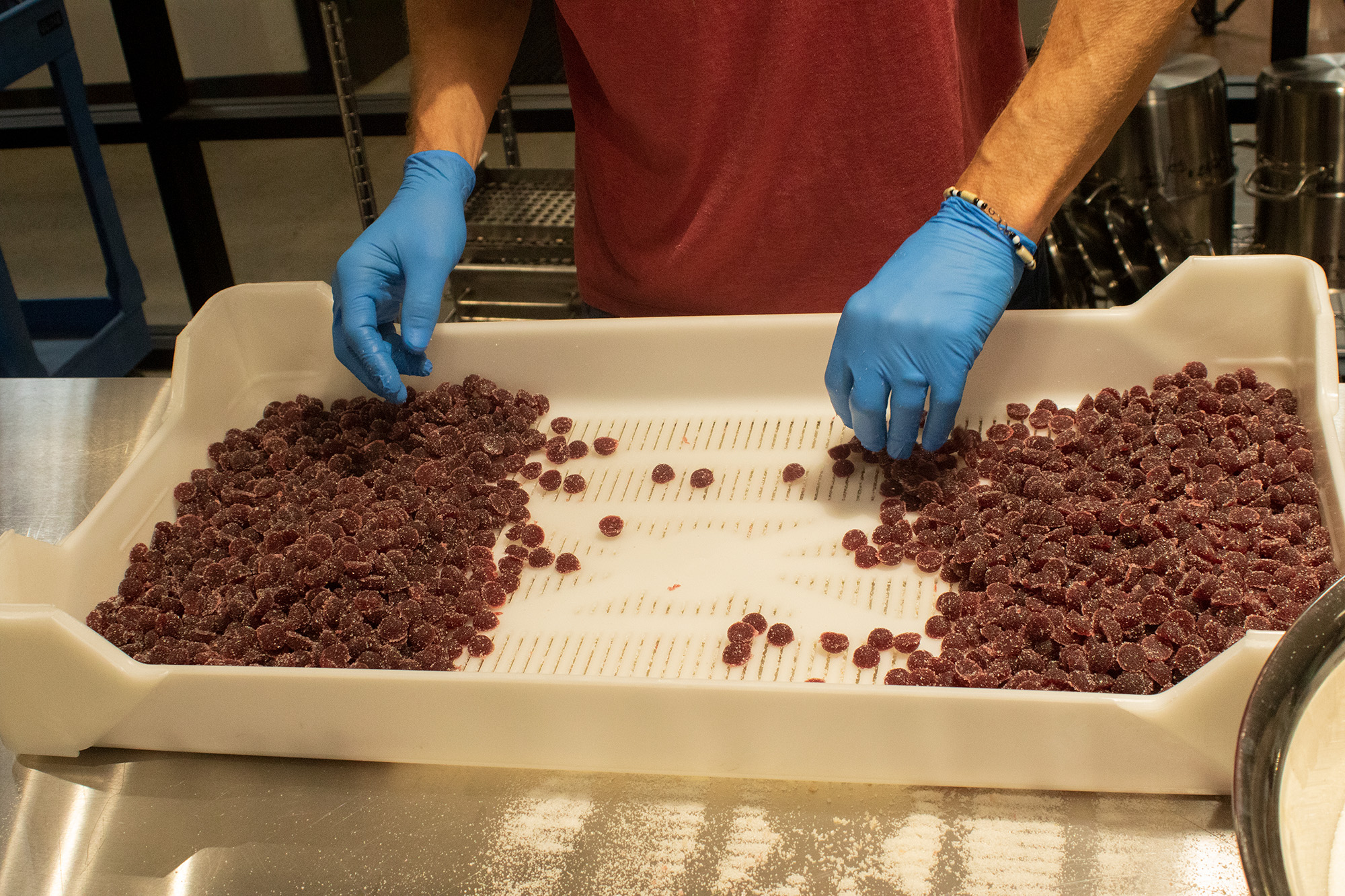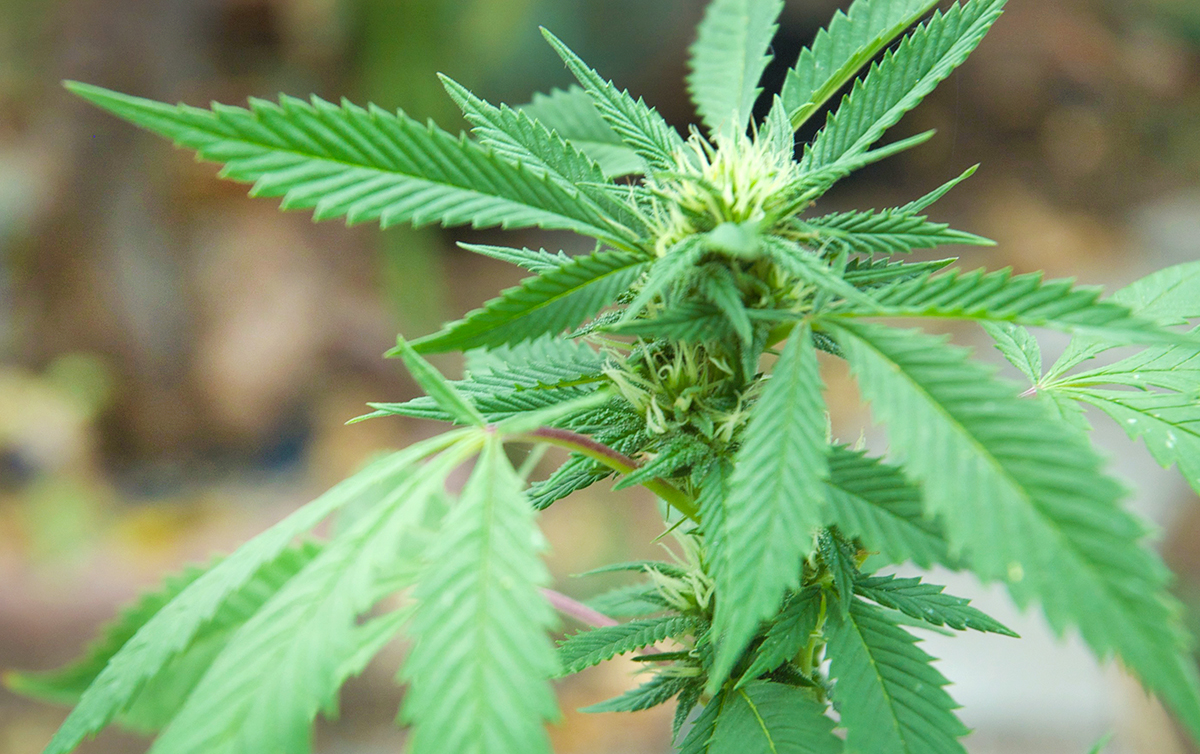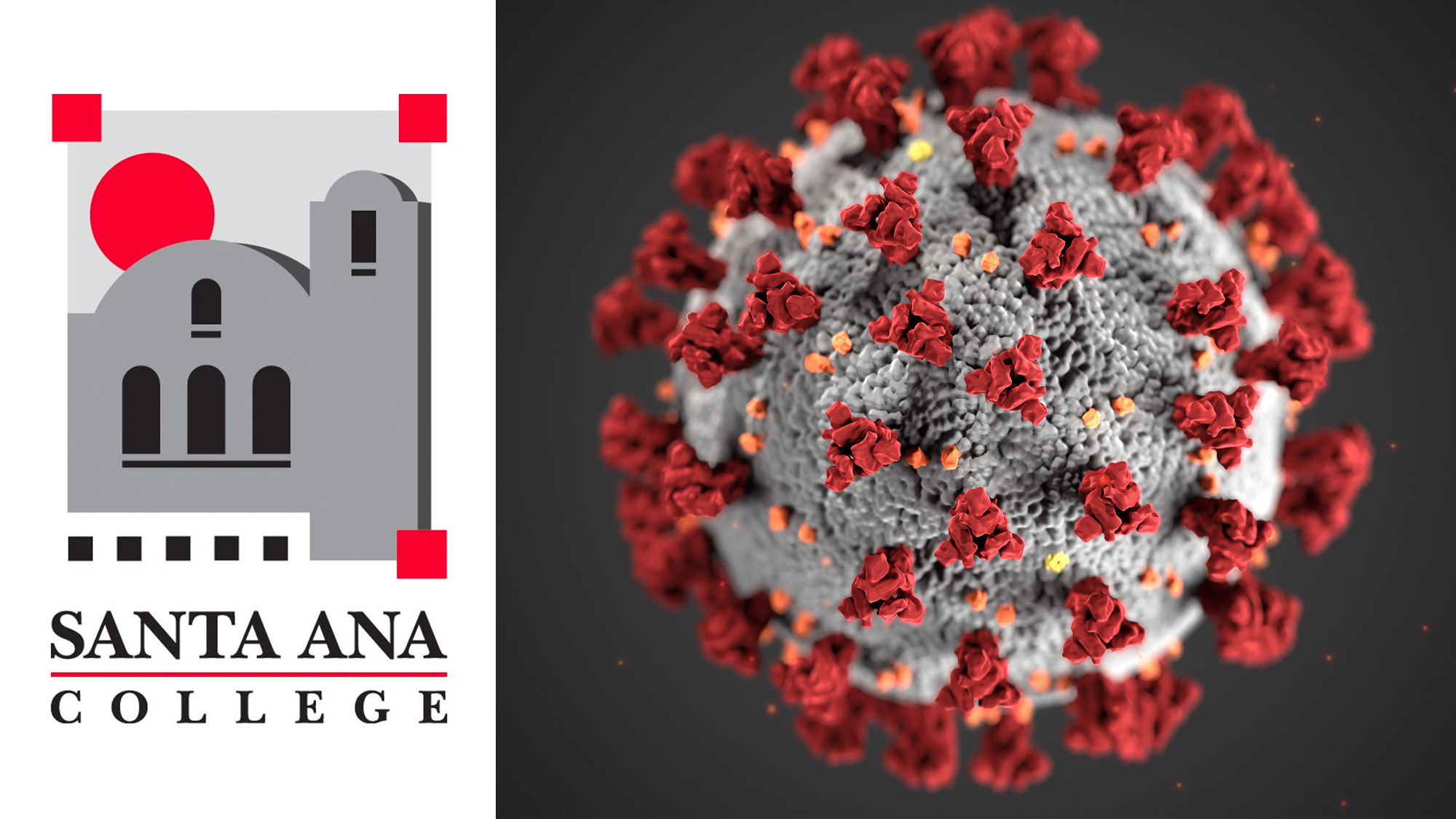In an unassuming warehouse in an industrial section of Santa Ana, Andrea Lupear is surrounded by trays filled with hundreds of small, round, sugar-covered gummies in reds and oranges. She gently sifts through the piles, removing and discarding any with imperfections.
Lupear is a former pastry chef who uses a short list of high-quality ingredients, including imported pâte de fruit, to handcraft each vegan batch. If you’re lucky enough to walk into Santa Ana’s Tropicanna or Jaderoom dispensaries after they’ve received a shipment of microdosed edibles from Lupear’s brand Minerva, you can take a batch home and get a nice, comfy head change.
That’s because Lupear’s gummies are infused with cannabis.
She started using edibles during the pandemic and found she was a total lightweight. She couldn’t find what she wanted at all and portioned properly, so she came up with her own recipe to do microdosing,” says Lupear’s co-founder Christian Zia.
Lupear is one of a growing number of local weed entrepreneurs who run their business out of My Green Network, a “cannabis cloud kitchen” that’s one of the only such facilities in the country. A shared use facility run by attorney James Shih, My Green Network has everything the budding bud seller could ask for, from a grinder the size of the average fridge to a full commercial kitchen equipped for filming cannabis cooking shows.
My Green Network provides small business owners with a place to make their goods and is a one-stop shop for all their clients’ business needs, including: assistance with applying for local and state permits, meeting spaces, legal advice, acquiring the supplies they need to create their product, connecting them with cannabis growers who cultivate strains with the properties they’re looking for, plus storage and distribution.
Just six months into operations, My Green Network already has four vendors that have been fully licensed and are in production, with another six in the permitting process. An additional 11 companies are preparing to begin applying. Shih says in total, My Green Network will be able to accommodate 30 to 40 brands in the space.
Shih first took an interest in the devil’s lettuce in college and when it became legalized for recreational use in California in 2018, he observed the struggles that new cannabis brands have applying for permits and finding production space.
He says he noticed companies trying to go at it alone and later applying for the permits to make their production facilities shared. But My Green Network is different because it was created from the beginning with collaboration in mind.
“The goal we had was to make it, for lack of a better term, more user-friendly,” says Shih. “A lot of facilities you go to are very clean, sterile and that’s fantastic, but we wanted to create a community of people, not just a place to walk in and trudge along.”
Shih says the main reason for opening the space was to help those interested in breaking into the cannabis industry do so without incurring major financial losses. The strict regulations placed on legal operators to prevent crime, nuisance, and environmental damage come with a hefty price tag – often totaling over a million dollars.
Operators must wait until they are fully permitted to create any product, a process that can take two or more years. Meaning that until the process is complete, they can’t even begin to make back their investment – time that many can’t hold out for.
“The problem was, a lot of businesses, they only had a million, two million if they were lucky, but most had around $500k. How many people really have $20 million lying around?”
Another hurdle in the path of prosperity for local canna creators is Santa Ana’s high tax rate. While most other cities have set a tax rate for cannabis businesses at about 1%, Santa Ana’s is currently 6%. Add to that 12% in state distributor taxes for the flower itself, another 6% in distribution taxes after the product is made and 8% county sales tax, and buying local can get very expensive and less appealing to potential customers.
“Any product that comes out of Santa Ana is about 20% more expensive just because of taxes,” says Shih.
When cannabis first became legal for recreational use in the state in 2018, Santa Ana was the only city in Orange County ready to ride the green wave. But in the four years since, several other nearby cities like Long Beach, Huntington Beach and Costa Mesa have jumped on board with lower taxes, creating competition.
Shih is on the board of the Orange County Advocacy Alliance, a group that advocates for legal cannabis operators in the county, most of whom are in Santa Ana. He says the Santa Ana City Council has been receptive to feedback on ways to make the selling of cannabis legally more equitable.
During a recent meeting, the city council amended the cannabis ordinance to lower the tax rates on all stages of production except retail sales to 1%, and the tax on retail sales will decrease from 8% to 7%, effective Jan. 1 2023.
Back at My Green Network, Lupear and her husband are checking and separating the remaining infused gummies from their batch. Thanks to My Green Network, Minerva is growing their inventory.
“A pâte de fruit is literally just fruit puree, pectin, and sugar and you cook it until it forms. So it’s jam that you cook longer until it holds a form, that’s all it is. Other gummies have sugar, gelatin and flavoring. These don’t. All the flavor comes from the fruit,” says Lupear
- Get your parking pass to avoid a ticket - February 13, 2024
- Vaccine mandate suspended for students and staff - November 23, 2022
- Cannabis cloud kitchen helps entrepreneurs break into the industry - November 2, 2022













